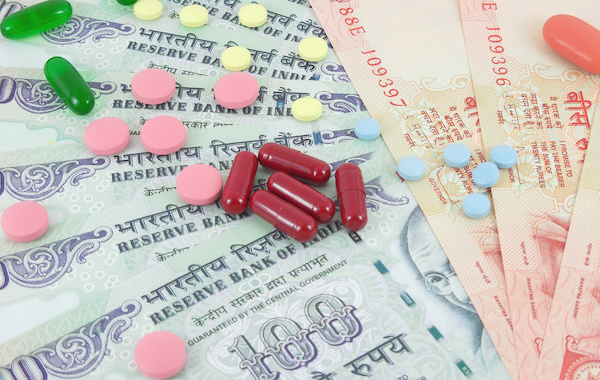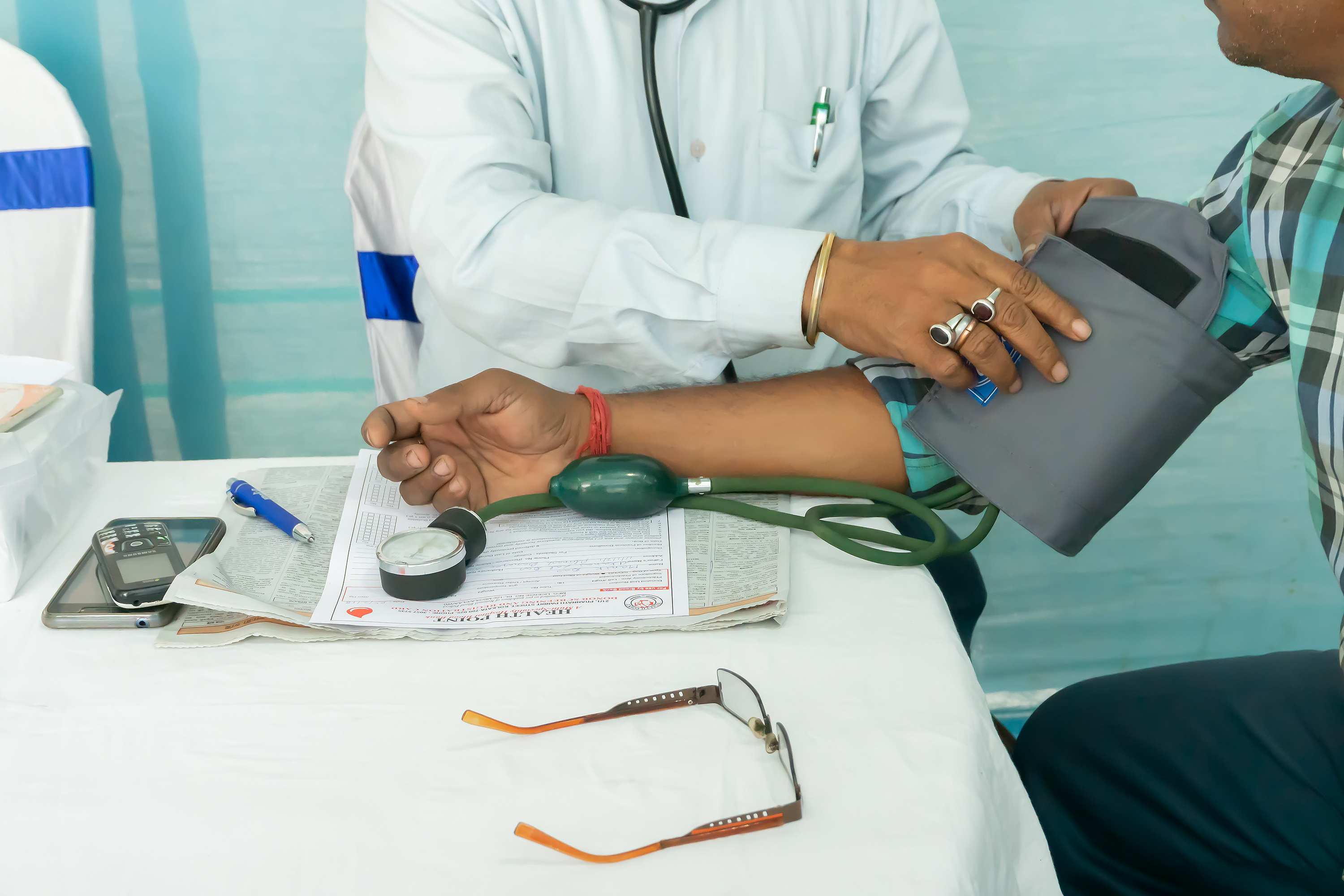Recommended
As most of the developing world struggles to increase, let alone maintain current levels of domestic health expenditure, getting more health for the money has never been more important. Building robust health technology assessment (HTA) systems to inform governments on which health technologies and services to provide to whom, and at what cost, is one way to achieve this. Several initiatives have been established to this end; for example, CGD is the secretariat of the international Decision Support Initiative (iDSI), a collaborative platform to accelerate progress on HTA systems, particularly in low- and middle-income countries.
However, progress on building HTA systems has been slow and difficult to scale-up. Only 53 percent of countries surveyed by the World Health Organization (WHO) in 2020/2021 said that there was a legislative requirement to consider the results of the HTA process in coverage decisions.
This blog explores three lessons that those strengthening HTA systems can learn from regulatory systems. Despite the different missions and evaluation criteria (regulatory systems ensure that health technologies are safe, efficacious and quality assured, whereas HTA centers on cost-effectiveness and value for money), these two universes share numerous similarities. Both require robust processes and institutions, supported by strong political will and financial resources; both are highly complex and suffer from a short supply of technical experts; both face challenges associated with an increasing number of diverse and complex health technologies; both aim to emulate best international practices but agree that it is neither feasible, nor desirable, to set up a FDA- or a NICE-like agency in every country, and both grapple with decisions that carry significant economic implications, influencing access to health care and the sustainability of health systems. Given these commonalities, there is much that the HTA field can learn from their regulatory counterparts, who have been around for much longer. These lessons include:
Define capacity and how to strengthen it
After many decades of measuring regulatory capacity in multiple ways—both globally and regionally—in 2018, WHO released the Global Benchmarking Tool (GBT). The GBT is the first globally accepted tool for assessing and strengthening national regulatory authorities. Not only does it measure against a benchmark, but it requires countries to develop institutional development plans—context-specific, actionable steps that countries decide to implement to advance their system's functionality and maturity. The GBT also facilitates coordination and improves the effectiveness of regulatory strengthening efforts.
The HTA universe has not yet gone that far. WHO has only provided high-level guidance on how to institutionalize HTA and has conducted two surveys measuring the progress of HTA globally. Other organizations, including iDSI, have developed detailed measurement tools but these have not been widely tested or rolled-out. Defining what HTA capacity is, how to measure it, and how it should be strengthened, is key to helping countries to build and maintain robust HTA systems.
Shift from country level to subregional and regional focus
In the past couple of decades, there has been a big push to regionalize regulatory capacity strengthening. The aim is to maximize the use of limited resources, reduce timelines, and avoid recreating the wheel. This approach ranges from establishing a regional regulatory body, such as the European Medicines Agency or the African Medicines Agency, to conducting joint assessments while maintaining decision-making autonomy at the country level, as seen in initiatives like ZaZiBoNa in southern Africa. Achieving regionalization often requires a strong legal mandate, typically associated with a single market or aspirations to create one; even so, there are still significant opportunities to enhance the efficiency in evidence collection, analysis, and appraisal, whether for safety, efficacy, and quality, or for assessing value for money.
The HTA universe is slowly beginning to embrace regional approaches. In 2021, the European Council and the European Parliament adopted the EU HTA Regulation, a pivotal component of the EU Pharmaceutical Strategy. This regulation seeks to facilitate joint assessments by EU HTA bodies on the clinical effectiveness and safety of new health technologies. Similarly, five European countries—Belgium, the Netherlands, Austria, Luxembourg, and Ireland—have joined forces to jointly assess value for money and negotiate prices for health technologies under the Beneluxa initiative. Finally, the UK’s National Institute for Health and Care Excellence (NICE) and other seven HTA agencies from high-income countries have recently established a collaboration to explore work sharing, horizon scanning, and science and methods development. On the other hand, low- and middle-income countries have lagged, only implementing regional initiatives for storing HTA Reports, exchanging best practices, and training experts rather than conducting actual assessments or informing policy decisions. Some regional bodies, such as Africa CDC, are beginning to consider regional HTA assessments in key, common issues such as malaria vaccines. It is important that these assessments inform policy-making rather than solely being confined to academic journals.
Standardize and deploy smarter, risk-based approaches
In 2003, regulators in the EU and Japan adopted a common format for the submission of a regulatory dossier to obtain marketing approval for a new drug. The Common Technical Document, or CTD, has now been adopted by countries as wide-ranging as China, India, Canada, and Australia. This standardization has substantially improved the lives of regulators and pharmaceutical companies. It has eliminated the need to reformat the information for submission to the different regulatory authorities and it has enabled implementation of good registration practices.
Regulators have also developed various tools and approaches to maximize efficiency, save resources, and maintain compliance with regulatory standards. These include risk-based regulation, which focuses efforts on products posing higher risks to patient health, and reliance, wherein regulators leverage assessments or information performed/generated by other regulatory authorities to inform their own decisions. For example, countries participating in the WHO collaborative procedure access and use confidential information on the quality, safety, and efficacy assessment conducted by the WHO prequalification program. This minimizes redundant regulatory efforts, expedites in-country registration processes, and facilitates access to essential products. In 2021, WHO published high-level principles and considerations for good reliance practices and considered reliance as part of the good regulatory practices. Importantly, reliance does not mean mutual recognition or outsourcing decision-making authority or responsibility; national regulatory authorities maintain independence, sovereignty, and accountability in their decisions.
On the contrary, adaptive HTA approaches that leverage information gathered for other settings have not yet been mainstreamed. There is still no globally agreed-upon, standard method for these approaches and there is often reluctance to even consider them despite capacity and resource challenges. Additionally, HTA agencies continue to demand diverse information presented in various formats and there is currently no mechanism for agencies in low- and middle-income countries to access economic models or confidential information submitted to their counterparts in high-income countries.
Conclusion
The regulatory world is far from perfect. Regulators can for instance learn from their HTA colleagues on stakeholder participation, deliberative processes, and transparency. However, by drawing lessons from regulatory frameworks, HTA can enhance its effectiveness, efficiency, and global impact. Defining the path to success, embracing regional collaborations, standardizing, and promoting risk-based approaches are key steps toward optimizing HTA practices and advancing value for money in global health care.
Thanks to Ursula Giedion, Dan Ollendorf, and Lawrence Liberti for helpful comments on an earlier draft.
Disclaimer
CGD blog posts reflect the views of the authors, drawing on prior research and experience in their areas of expertise. CGD is a nonpartisan, independent organization and does not take institutional positions.
Image credit for social media/web: Nudphon / Adobe Stock








